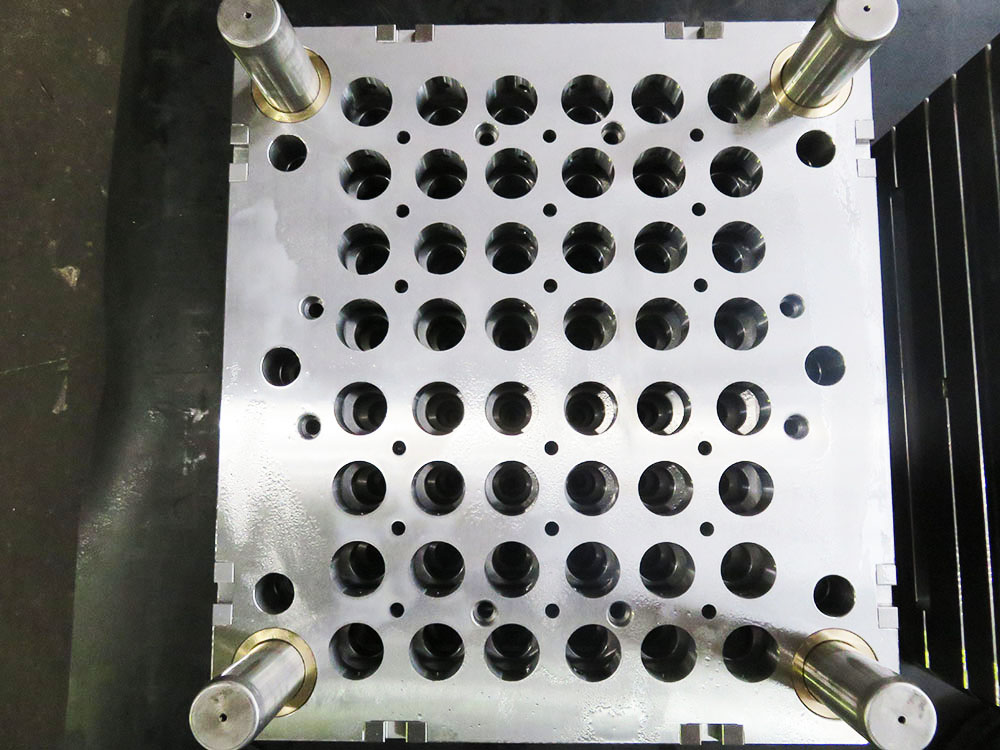Can we use old parts for a model kit and how should we handle it?
The Mold Base industry plays a crucial role in manufacturing model kits. Model kits are widely used in various industries, including automotive, aerospace, and consumer goods. They consist of various components, and sometimes it becomes necessary to consider reusing old parts in the production process. However, reusing old parts requires careful consideration and handling to ensure quality and efficiency. In this article, we will explore whether we can use old parts for a model kit and the proper way to handle this situation.
1. Considerations for reusing old parts
Before deciding to reuse old parts for a model kit, certain factors need to be taken into account:
1.1 Condition of the old parts: Determine whether the old parts are in good condition and free from any damage or wear. If the parts are damaged or worn out, they may not be suitable for reuse.
1.2 Compatibility: Check if the old parts are compatible with the specific model kit requirements. Compatibility includes factors such as size, shape, material, and functionality.
1.3 Cost-effectiveness: Evaluate the cost-effectiveness of reusing old parts compared to manufacturing new ones. Consider factors like cost of refurbishment, quality assurance, and overall savings.
1.4 Regulatory and safety requirements: Ensure that reusing old parts complies with regulatory and safety standards. Models kits used in certain industries, such as automotive and aerospace, need to meet strict regulations for safety and performance.
2. Proper handling of old parts for reuse
Reusing old parts for a model kit requires proper handling and preparation to ensure their optimal performance and integration. Follow these steps to handle old parts for reuse:
2.1 Inspection: Thoroughly inspect the old parts for any visible signs of damage, wear, or defects. Identify any potential issues that might affect the performance or safety of the model kit.
2.2 Cleaning and refurbishment: Clean the old parts to remove any dirt, grime, or contaminants. Additionally, refurbish the parts if necessary to restore their original functionality and appearance. This step involves processes like sanding, polishing, or painting.
2.3 Testing and quality assurance: Conduct rigorous testing to ensure the performance and reliability of the refurbished parts. Check for compatibility with the model kit and verify that the parts meet the required quality standards.
2.4 Integration and assembly: Integrate the old parts into the model kit, ensuring proper alignment and fitment. Follow the assembly instructions provided by the manufacturer to ensure accurate placement and functionality of the parts.
2.5 Documentation: Maintain proper documentation of the reused parts, including information about their origin, refurbishment process, and quality assurance tests. This documentation helps in tracing the history of the parts and ensures transparency in the manufacturing process.
Conclusion
The reuse of old parts for a model kit can be a cost-effective and sustainable approach. However, it requires careful consideration and handling to ensure the quality, compatibility, and safety of the parts. By following the steps mentioned above, the Mold Base industry can effectively handle old parts for reuse, contributing to the efficiency and success of model kit manufacturing.




